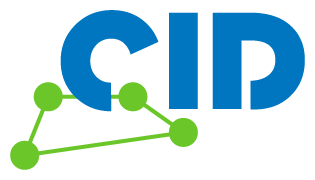Motivation of the Institute
The INCT-CiD proposes to contribute in the science-industry-government axis through this new science. The challenge, and the main goal, of the INCT-CiD is to identify the fundamental principles, methods, and techniques for managing and analyzing large volumes of data, overcoming the inherent difficulties of large-scale data analysis. Motivated by the previously addressed challenges by the teams of the associated laboratories in areas so diverse as astronomy, biology, biodiversity, cyber defense, education, sports, Internet, urban mobility, oil & gas, healthcare, information security, and mobile telecommunications; we propose to contribute to the scientific structuring of this area both in the training of highly qualified human resources and in basic and applied research in the frontiers of knowledge of data sciences. In particular, the INCT-CiD will address three main research areas: (i) data management; (ii) data analysis; (iii) complex network analysis.


